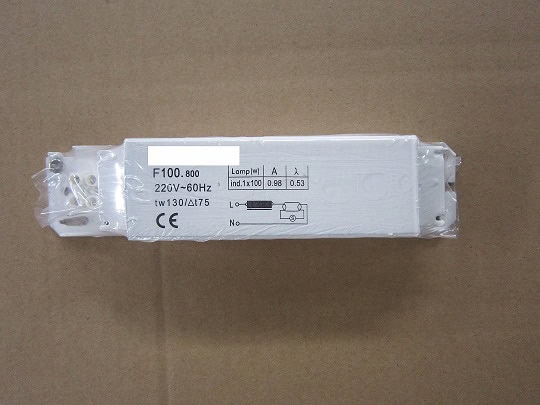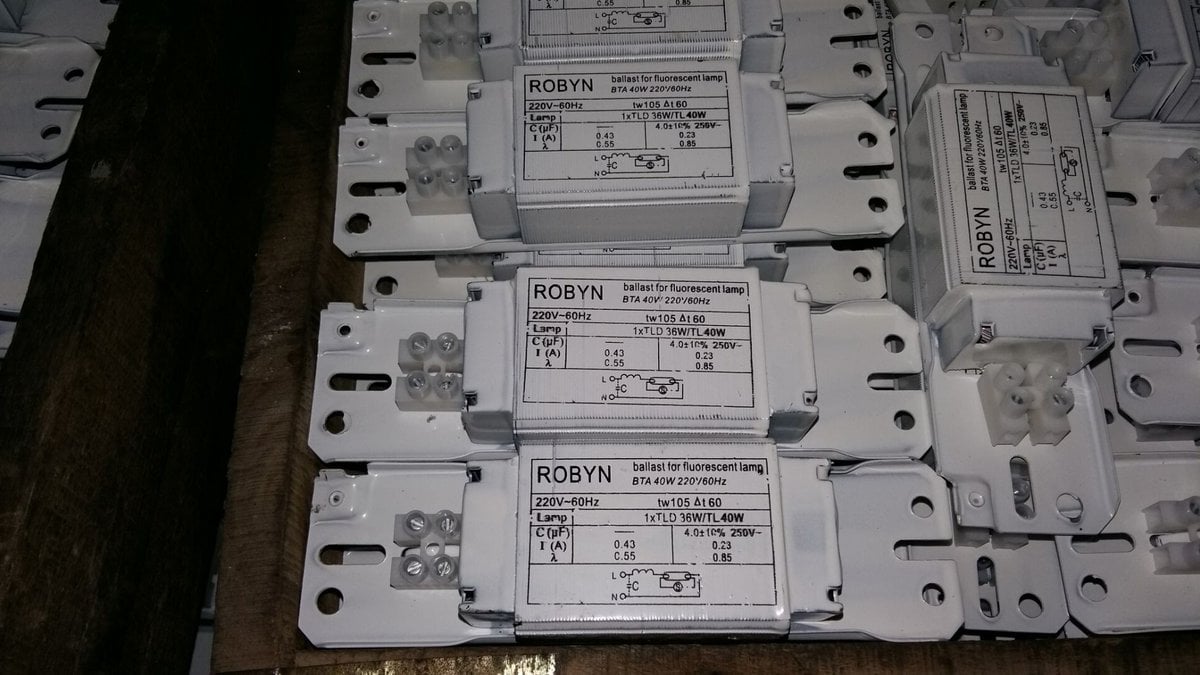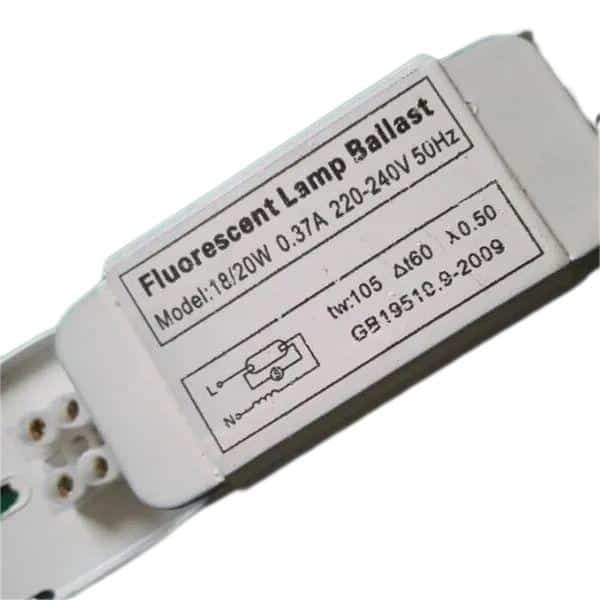The ballast and starter are critical to the operation of fluorescent lamps, which are used in a lot of different places for energy-efficient and long-lasting lighting. People are often confused about the roles of the ballast and starter. We will talk about how they work and why they are important for safe, efficient lighting.
Fluorescent lamps operate by creating an electric arc within a gas-filled tube, usually containing mercury vapor. This arc generates ultraviolet (UV) light, which then excites the phosphor coating inside the tube, producing visible light. However, starting and maintaining this process requires a high initial voltage to ignite the gas and a regulated current to keep the lamp lit. This is where the ballast and starter come into play. The starter helps initiate the arc, while the ballast regulates the current, ensuring a stable and sustained light output.
The ballast in a fluorescent lamp is responsible for controlling the current flowing through the lamp. Without a ballast, the lamp would draw excessive current once the arc is established, leading to overheating and potentially damaging the lamp. Fluorescent ballasts provide a surge of high voltage to start the arc and then reduce the voltage to a safer level for sustained operation. By maintaining consistent current, the ballast helps to prolong the lifespan of the lamp and ensures safe performance. Ballasts also play a key role in the lamp’s energy efficiency, allowing fluorescent lighting to provide high light output with low energy consumption.
The starter is another crucial component, particularly in older fluorescent lamps. The starter’s primary function is to warm up the lamp’s electrodes, preparing the gas inside the tube for the arc initiation. When the lamp is turned on, the starter allows a small amount of current to pass through the electrodes, heating them and vaporizing the gas inside the tube. As the starter’s internal switch opens and closes, it creates a momentary high voltage, which helps to form the arc. Once the arc is established, the starter turns off, allowing the ballast to regulate the current. The starter thus works as a temporary switch that facilitates the starting process without remaining active during normal operation.
Together, the ballast and starter work in harmony to ensure the fluorescent lamp can start and maintain a stable light. During the initial startup phase, the starter generates the necessary high voltage, while the ballast immediately steps in to limit and regulate the current. This coordination is essential, as the arc’s high initial current would otherwise damage the lamp without the ballast’s control. Once the lamp is fully lit, the starter’s role is complete, and the ballast continues to regulate the current throughout the lamp’s operation.
In many modern fluorescent lamps, electronic ballasts have replaced traditional magnetic ballasts and starters. Electronic ballasts are more efficient and compact, integrating both the starting and regulating functions into one unit, which eliminates the need for a separate starter. This also reduces issues like flickering and improves energy efficiency, making electronic ballasts a popular choice for residential and commercial lighting applications where stable, high-quality light is needed.
When choosing and maintaining fluorescent lamps, it’s important to consider several factors related to the ballast and starter. First, always ensure that the ballast and starter are compatible with the wattage and voltage of the lamp. Regularly check the starting time and stability of the current to identify any signs of aging or malfunction, as worn-out components can lead to poor performance, flickering, or even safety risks. Replacing aging ballasts or starters promptly can ensure efficient operation and extend the life of the lamp.
In summary, the ballast and starter are important parts of fluorescent lamps. They each do a job to help the light work. The starter gives the light a big spark to get it started. The light ballast controls the electricity to make sure the light doesn’t get too hot. You can help your lights work better and last longer by picking the right ones and taking care of them.



